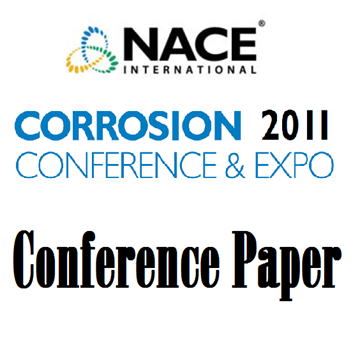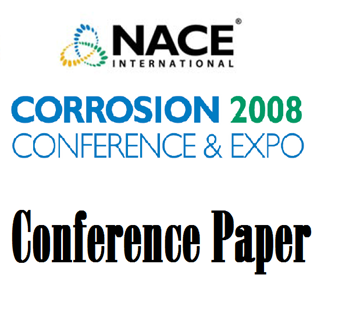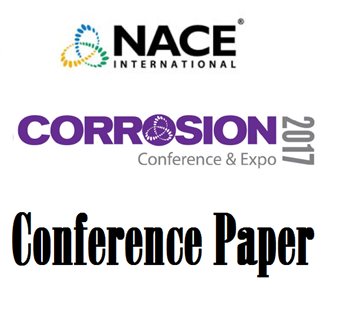Search
51312-01730-Timescale Correlation between Marine Atmospheric Exposure and Accelerated Corrosion Testing – Part 2
Also Purchased
11353 Timescale Correlation Between Marine Atmospheric Exposure and Accelerated Corrosion Testing
Product Number:
51300-11353-SG
ISBN:
2011 11353 CP
Publication Date:
2011
$20.00
08003 A Correlation of Accelerated Corrosion Testing with Real Life Exposure After 6 Years in a Coastal/Offshore Environment
Product Number:
51300-08003-SG
ISBN:
08003 2008 CP
Publication Date:
2008
$20.00
Accelerated Offshore Coating Performance Testing
Product Number:
51317--9134-SG
ISBN:
9134 2017 CP
Publication Date:
2017
$20.00




